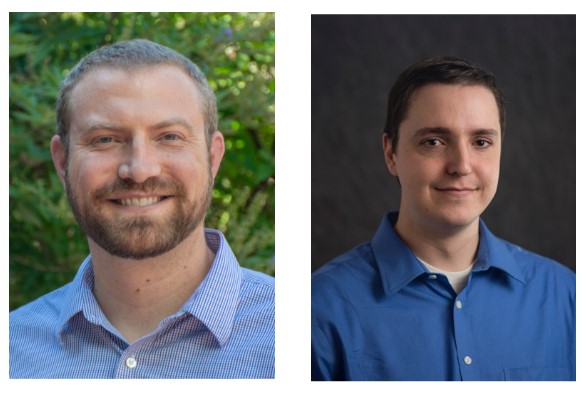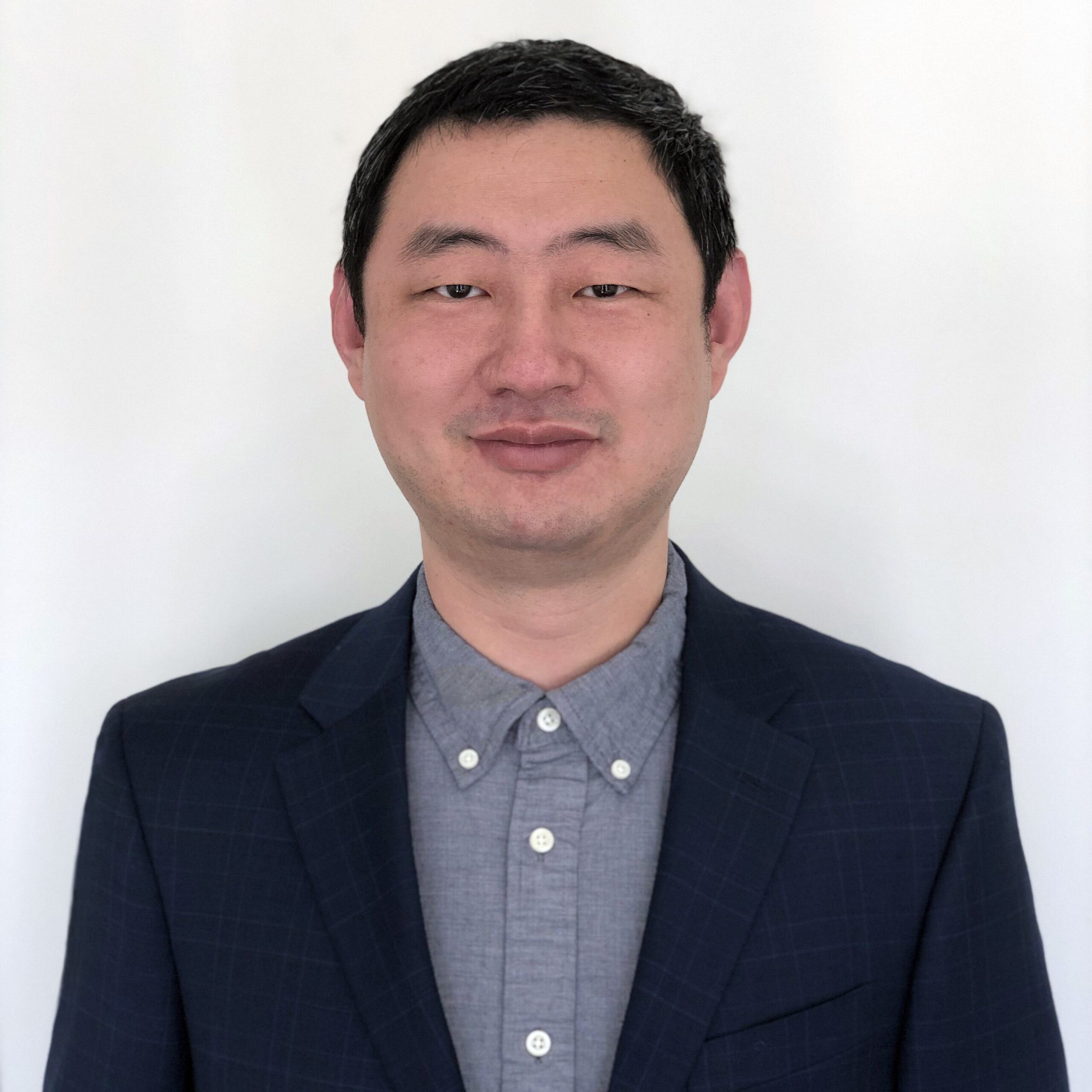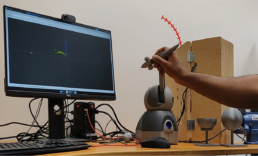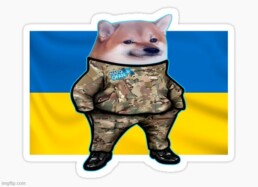Award-Winning Tentacle Robots Help Create Less Invasive Surgeries

Assistant professor Alan Kuntz and recent PhD graduate Michael Bentley from the University of Utah Kahlert School of Computing and Robotics Center, have won the 2022 IEEE Access Best Video Award (Part 1). This award is given to the best video of papers submitted within a 6-month period to the multidisciplinary open access journal, IEEE Access. The award winning video and accompanying research paper is based on the research group’s meaningful steps toward answering the primary question that drives Prof. Alan Kuntz’s research group: “Can flexible, tentacle-like robots make medical interventions and surgery less invasive?”
By providing a less invasive alternative to traditional surgical methods, this research has the potential to impact the lives of surgery patients all over the world. Dr. Richard N. Yu, a physician and researcher with The Boston Children’s Hospital, says that when surgeries are less invasive, “people recover tremendously faster with better cosmetic appearances.” Dr. Kuntz and Dr. Bentley’s research could help create quicker surgeries with fewer complications, smaller scars, and faster recovery times.
But just how does their technology work? “Flexible, tentacle-like robots, which we call ‘continuum robots,’ are capable of moving along naturally-occurring anatomical passages such as sinuses or bronchial trees, as well as curving around anatomical structures in other areas of the body,” said Kuntz, elaborating that the effort “combines the design of these continuum robots with the algorithms that make them easy-to-use for physicians.”
Kuntz’s continuum robots can be fabricated largely on everyday 3D printers, but can be very difficult to control manually due to the complex ways in which they move. Enabling users to control these robots with a haptic device, a kind of three-dimensional computer mouse, is the focus of the award-winning work.
The paper, a collaboration with associate professor Caleb Rucker at the University of Tennessee, presents a new method in a class of robotics algorithms called “motion planning,” and provides a way for the robot to move smartly around obstacles in its environment. This method enables a user to control the tip of the robot while the algorithm plans motions that prevent the robot from colliding with the patient’s body in ways the user doesn’t intend. The algorithm can be more than 17,000 times faster than prior approaches.
Prof. Kuntz and his co-authors propose deploying the robot in a patient’s pleural space (i.e., the space between a person’s chest wall and a collapsed lung) to help diagnose the cause behind the lung’s collapse. However, the researchers believe that the method has the potential to impact many other types of medical procedures throughout the body.
“Our method now lets a person control this robot in ways not previously possible, which may pave the way for its use in minimally invasive medical procedures” Kuntz says.
Prof. Kogan Receives Grant from Meta to Investigate Meme-based Campaigns to Counter Online Propaganda

Kahlert School of Computing Assistant Professor Marina Kogan has received a grant of US $99,562 through Foundational Integrity & Social Impact Research program of Meta to investigate emotionally-driven, meme-based campaigns for countering online propaganda.
Memes, which have risen in popularity over social media platforms, are images with humorous captions shared over social media. The prominent meme creator Saint Hoax calls them “editorial cartoons for the internet age” and notes that each individual meme often contains many layers of complex meaning. This meaning is derived from the social context just as much as the actual content itself. While the history of memes has been largely dominated by social commentary and humor, Dr. Kogan’s research aims to shine a light on their power in battling misinformation and propaganda. The research will focus on the practices and strategies of campaigns where social media users engaging in fact-checking abandon rational argumentation in favor of more visceral methods of communication such as memes.
“There is enough evidence that in the face of intense state-sponsored campaigns, standard fact-based approaches to combating propaganda often fall short. This investigation is an exploration of more emotionally-driven, meme-based anti-propaganda campaigns that appear to be succeeding in online environments,” Kogan said.
One such atypical, successful campaign arose in the context of state-sponsored Russian propaganda during the ongoing invasion of Ukraine that began in February 2022. NAFO, a decentralized, grass-roots movement of Ukrainian and international social media users who focus on combating Russian propaganda, used comical, nonsensical memes to expose the absurdity of original posts containing propaganda. These meme-based campaigns have proven to be an effective tool on the information battleground.
Supported by the grant from Meta, Dr. Kogan plans to analyze the visual and discursive strategies used by the NAFO movement to combat Russian propaganda with meme-based approaches. In addition, she will estimate the success of the campaign by examining whether audience engagement and responses to propaganda posts that have been countered with the meme-based approaches differ from reactions to propaganda that is not countered in such a manner. Prof. Kogan believes that the methods developed in the course of this research can be applied to a broader range of emotion-driven movements, enabling her to explore creative strategies to counter the threat posed by various forms of misinformation and various degrees of authoritarianism.
Mu Zhang Receives $65K Grant from Cisco to Enhance the Security of Smart Contracts

Mu Zhang, an assistant professor at the Kahlert School of Computing, and his research team have received a grant of US $65,421 from Cisco Research to look into safety issues surrounding smart contracts. Zhang’s research aims to develop new techniques to automatically and robustly understand the logic and risks of smart contracts. “It is very exciting to collaborate with industrial partners on solving real-world security problems in Fintech,” said Zhang.
Smart contracts are autonomous computer programs running on top of blockchain technology. Because smart contracts offer the unique ability to enable trustworthy and decentralized transactions, they are used in popular decentralized applications (DApps), such as NFT (Non-Fungible Token) marketplaces, emerging decentralized finance (DeFi) and digital games (e.g. CryptoKitties). Monthly transaction volumes for DApps alone are in billions of US dollars.
Since the use of smart contracts is booming, it is critical to ensure that they are implemented correctly and securely. Yet, current smart contracts can sometimes go wrong. Academic research as well as real-world attacks have shown that flawed logic in smart contracts may lead to severe financial losses. For example, US $60 million was stolen in the infamous DAO attack because of a bug in a smart contract.
Although many researchers have begun looking into the vulnerabilities in smart contracts, identifying faulty logic in them remains difficult. Take auction contracts for example. A “no-reserve” auction is an auction in which the item for sale will be sold regardless of price. As a result, the seller must not be allowed to participate, as the seller can reject an offer simply by placing a higher bid. If it is known that a smart contract is used to implement the auction logic, it can be verified whether it follows the “no-reserve” rule. But how can one tell if the auction is implemented with a smart contract?
Zhang's insight is that the intrinsic logic of financial applications lies in the robust control and data dependencies of smart contract code. For instance, an English auction requires identifying the highest bidder and comparing every new bid with the current highest bid. This means that there is a data dependency between the input (new bid) and the comparison. If a new bid is higher than the previous highest bid, the auction will accept the new bid price as the highest bid. This highlights a control dependency between the comparison result and the following actions.
To capture such dependencies, Zhang plans to perform static control flow and data flow analyses on the code for smart contracts and represent the extracted information as a novel graph. If two graphs are similar, they are likely to be based on the implementation of the same logic. Simply comparing the graph of a program with that of an auction contract can indicate if the auction is implemented via a smart contract program.
Nevertheless, comparing graphs is not trivial. It can be computationally expensive due to the graph isomorphism problem. To solve this problem, Zhang will employ a machine learning technique called graph representation learning. This technique can train a machine learning model to encode only the necessary graph information as a vector. Then, instead of comparing complex graphs, the similarity can be checked quickly check by comparing simple vectors.
Related to this project, Zhang has recently published the paper “Towards Automated Safety Vetting of Smart Contracts in Decentralized Applications,” one of 15 papers that won Best Paper Honorable Mention award at the 2022 ACM Conference on Computers and Communication Security (CCS 2022) in Los Angeles, CA. His research interests more broadly include developing tools to detect, diagnose and address security problems of software systems in different domains.



